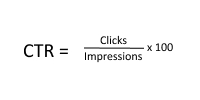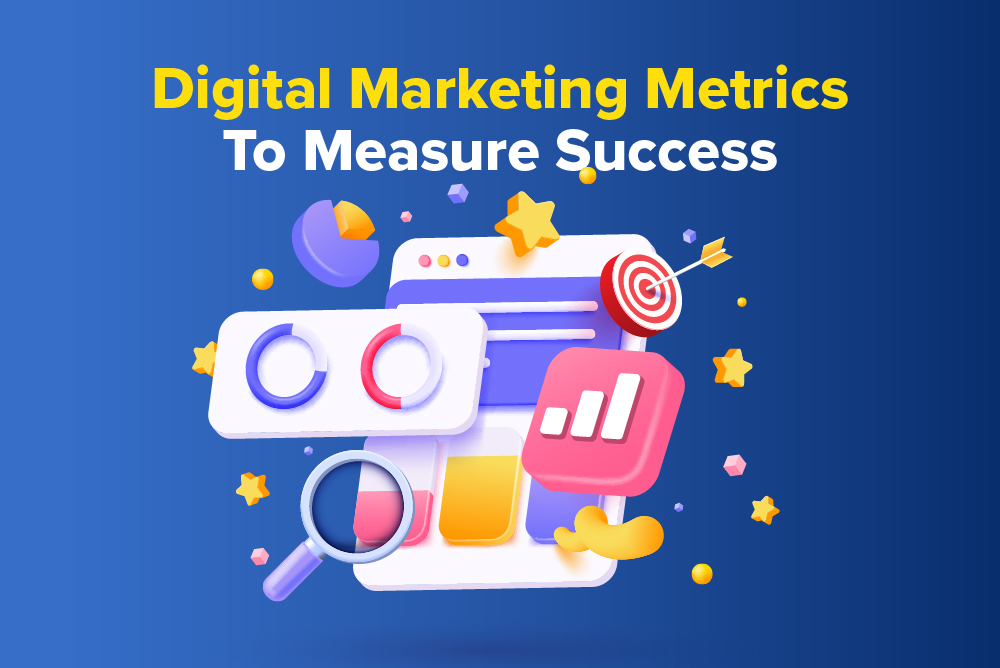- Have any questions?
- +91 96020 93137
- +91 93525 62080
- info@worldseoservices.com
How to Measure Success in Performance Marketing: Essential KPIs and Metrics

Top 5 Performance Marketing Channels to Boost Your ROI in 2024
November 15, 2024
The Role of Data Analytics in Performance Marketing Strategies
November 18, 2024Performance marketing has revolutionized the digital advertising landscape, offering businesses measurable and outcome-driven strategies to achieve their goals.
Unlike traditional marketing, performance marketing focuses on tracking and optimizing efforts in real-time to ensure the best return on investment (ROI). But how do you measure success in performance marketing? The answer lies in identifying the right key performance indicators (KPIs) and metrics that align with your objectives.
At World SEO Services, we’re here to guide you through the essential KPIs and metrics to evaluate your campaigns effectively. Why Measuring Success in Performance Marketing Matters.

Performance marketing thrives on data-driven insights. Without clearly defined metrics, businesses risk overspending on ineffective campaigns or missing opportunities to optimize and scale high-performing strategies. By tracking the right KPIs, marketers can make informed decisions, maximize ROI, and build sustainable growth.
Key Steps to Define Success Metrics
- Set Clear Goals
Start by defining the objectives of your campaign. What are you aiming to increase through performance marketing for success? Different set of KPIs is required to achieve the set goal. For instance, if your goal is lead generation, metrics like cost per lead (CPL) and conversion rate should be prioritized.
- Understand Your Target Audience
Success in performance marketing heavily depends on understanding who you’re targeting. Segment your audience by demographics, behavior, and preferences to tailor campaigns that resonate with their needs.
- Align Metrics with Marketing Channels
Different performance marketing channels, such as social media ads, search engine marketing, and affiliate programs, require specific metrics to measure success. For example, click-through rate (CTR) might be crucial for paid search campaigns, while cost per acquisition (CPA) is more relevant for affiliate marketing.
Essential KPIs to Measure Success in Performance Marketing
- Return on Investment (ROI)
ROI is a fundamental metric that evaluates the profitability of your performance marketing efforts. To calculate ROI, use this formula:

A positive ROI indicates a profitable campaign, while a negative ROI signals the need for optimization.
- Cost Per Acquisition (CPA)
CPA measures how much you spend to acquire a single customer. It’s an essential KPI for campaigns focused on conversions, providing insight into the efficiency of your budget allocation.
- Click-Through Rate (CTR)
CTR evaluates how many users clicked on your ad compared to the number of impressions it received. A high CTR suggests that your ad resonates with your audience.

- Conversion Rate
Conversion rate measures the percentage of users who visited your website to complete a desired action. This metric reflects the effectiveness of your landing pages and overall campaign messaging.
- Customer Lifetime Value (CLV)
CLV calculates the total revenue you can expect from a customer during their relationship with your brand. This metric helps you understand the long-term impact of your marketing efforts and identify high-value customer segments.
- Cost Per Lead (CPL)
CPL is particularly important for lead-generation campaigns. It measures how much you spend to acquire a lead. A low CPL with high-quality leads indicates a successful campaign.
- Bounce Rate
Bounce rate measures that how many users has left your website without doing any further action. A high bounce rate may indicate that your landing page isn’t meeting user expectations or needs optimization.
- Engagement Metrics
For campaigns focused on social media or content marketing, engagement metrics like likes, shares, comments, and video views are critical. These KPIs help you gauge audience interaction and campaign reach.
- Quality Score (for PPC Campaigns)
Platforms like Google Ads use a Quality Score metric to determine ad relevance, landing page quality, and expected CTR.
- Impression Share
Impression share measures the percentage of total eligible impressions your ads receive compared to competitors. A low impression share might indicate a need to adjust bids, budgets, or targeting.
Best Practices for Measuring Success in Performance Marketing

- . Use Advanced Analytics Tools
Platforms like Google Analytics, Facebook Ads Manager, and third-party tools offer detailed insights into campaign performance. These tools allow you to track KPIs in real-time, enabling quick adjustments.
- Test and Optimize Regularly
Continuous A/B testing of ad creatives, landing pages, and targeting options helps refine your campaigns and improve key metrics over time.
- Focus on Attribution Models
Understanding which touch points contribute most to conversions is crucial. Attribution models, such as first-click, last-click, or multi-touch attribution, provide valuable insights into the customer journey.
- Monitor Trends and Benchmarks
Regularly compare your performance against industry benchmarks to identify areas for improvement and stay competitive.
- Leverage Automation
Marketing automation tools can optimize bids, personalize ads, and schedule campaigns, helping improve performance while saving time and resources.


